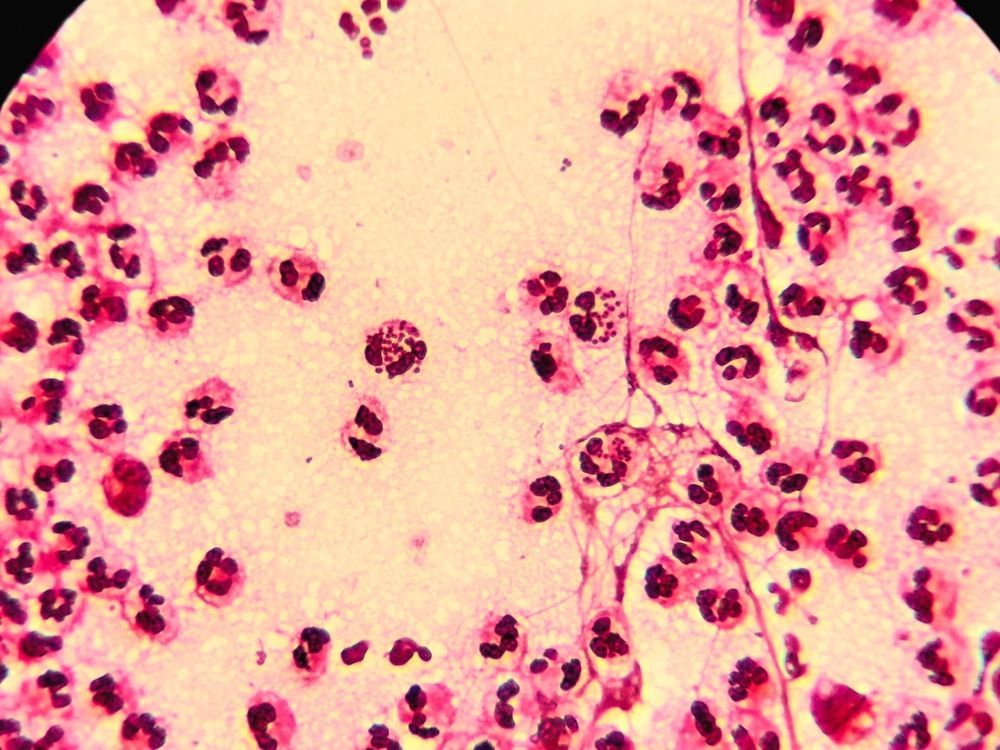Four Ways to Maintain Your Reproductive Health
Share this Article:
Pregnancy Care Clinic now offers free STI testing!
It’s understandable if the last thing on your mind right now is being a parent or parenting more children. But did you know that the choices you make today impact your future fertility? To increase your chances of keeping your options open down the road, now is the time to maintain your reproductive health.
There’s quite a bit of awareness about health these days, but unfortunately, there isn’t as much attention given to reproductive health. Know that you have power over the choices you make regarding your body which affects your ability to stay healthy. Here are four proactive steps you can take to maintain your reproductive health.
4 Ways to Maintain Your Reproductive Health
1. Prevent untreated sexually transmitted infections (STIs).
Untreated STIs are a preventable cause of permanent damage to your uterus and fallopian tubes, which can lead to infertility. More than nine million women are diagnosed with an STI each year in the U.S., and most don’t experience symptoms [1]. Lack of symptoms is why it’s common for STIs like chlamydia and gonorrhea to be left untreated.
The only way to eliminate the possibility of getting an STI is not to have any form of sexual contact. Keep in mind that condoms don’t protect against all STIs , including human papillomavirus (HPV) and genital herpes [2]. If you’re sexually active, choose a committed relationship with an uninfected, faithful partner.
Preventing STIs is a significant way to maintain your reproductive health, but there are also other healthy choices you can make.
2. Make healthy lifestyle choices.
When you make healthy lifestyle choices, it not only helps to maintain your reproductive health, but also your overall health and sense of well-being.
- Maintain a healthy weight: 30% of infertility is caused by being underweight or overweight [3].
- Refrain from smoking
- Limit alcohol consumption
- Be physically active
- Eat nutritiously
- Drink plenty of water
- Avoid household toxins that alter your hormones (BPA, dioxin, phthalates, etc.) [4]
3. Get routine exams.
Remember the saying, “An ounce of prevention is worth a pound of cure?” Everyone is busy, and it’s hard to fit extra doctor visits into your schedule, especially when you don’t feel sick. But preventive care is another excellent way to maintain your reproductive health.
- Pap smears: Pap smears test for cancerous and precancerous cells on your cervix. The current guidelines for pap smears are every three years for women once they reach 21 years of age [5].
- STI screening: The Centers for Disease Control (CDC) recommends yearly STI screening for all sexually active women under age 25 and at-risk older women, even if there are no symptoms [6].
4. Be aware of your body.
You know when something in your body is “off.” Track your menstrual cycles, and be aware of changes in how you feel. Are you feeling unusually stressed, emotional, or run down? Pay attention to the signals your body gives you when it needs attention, as these signals are nature’s way to stay healthy.
It’s fabulous that women have abundant access to information to help maintain reproductive health, but all the advice can become overwhelming. Pregnancy Care Clinic can help you sort through your questions about your reproductive health by providing you confidential, no-cost services .
[1] U.S. Department of Health & Human Services. (2019, June 11). Sexually Transmitted Infections. Retrieved October 11, 2019 from https://www.womenshealth.gov/a-z-topics/sexually-transmitted-infections
[2] Corlis, Nick. (2015, August 24). STDs You Can Get While Wearing a Condom. Retrieved October 11, 2019 from https://www.stdcheck.com/blog/stds-you-can-get-while-wearing-a-condom/
[3] Kaufman, Caroline. (2018, January 30). Foods That Can Affect Fertility. Retrieved October 11, 2019 from https://www.eatright.org/health/pregnancy/fertility-and-reproduction/fertility-foods
[4] Savedge, Jenn. (2019, May 22). 13 Hormone-disrupting Chemicals (and How to Avoid Them). Retrieved October 11, 2019 from https://www.mnn.com/health/fitness-well-being/blogs/12-hormone-disrupting-chemicals-and-how-to-avoid-them
[5] Curry, Susan J. (2018, July 18). Screening for Cervical Cancer. Retrieved October 11, 2019 from https://jamanetwork.com/journals/jama/fullarticle/2697704
[6] Centers for Disease Control and Prevention. (2013, October 30). STDs & Infertility. Retrieved October 11, 2019 from https://www.cdc.gov/std/infertility/default.htm




